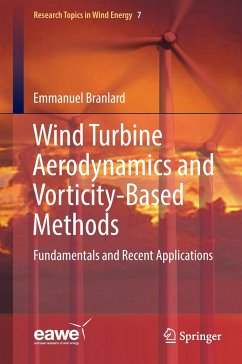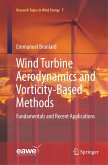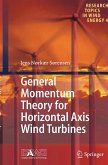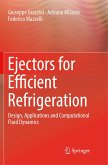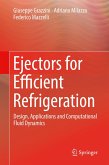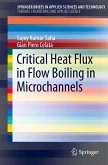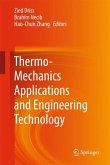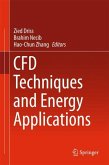The book introduces the fundamentals of fluid-mechanics, momentum theories, vortex theories and vortex methods necessary for the study of rotors aerodynamics and wind-turbines aerodynamics in particular. Rotor theories are presented in a great level of details at the beginning of the book. These theories include: the blade element theory, the Kutta-Joukowski theory, the momentum theory and the blade element momentum method. A part of the book is dedicated to the description and implementation of vortex methods. The remaining of the book focuses on the study of wind turbine aerodynamics using vortex-theory analyses or vortex-methods. Examples of vortex-theory applications are: optimal rotor design, tip-loss corrections, yaw-models and dynamic inflow models. Historical derivations and recent extensions of the models are presented. The cylindrical vortex model is another example of a simple analytical vortex model presented in this book. This model leads to the development of differentBEM models and it is also used to provide the analytical velocity field upstream of a turbine or a wind farm under aligned or yawed conditions. Different applications of numerical vortex methods are presented. Numerical methods are used for instance to investigate the influence of a wind turbine on the incoming turbulence. Sheared inflows and aero-elastic simulations are investigated using vortex methods for the first time. Many analytical flows are derived in details: vortex rings, vortex cylinders, Hill's vortex, vortex blobs etc. They are used throughout the book to devise simple rotor models or to validate the implementation of numerical methods. Several Matlab programs are provided to ease some of the most complex implementations.
Bitte wählen Sie Ihr Anliegen aus.
Rechnungen
Retourenschein anfordern
Bestellstatus
Storno

